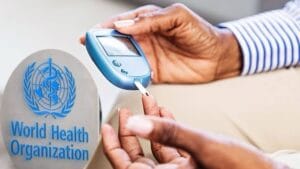Washington officials seek to reverse shift on COVID-19 testing

Washington State health authorities have sought to reverse a directive from the U.S. Centers for Disease Control and Prevention, which issued an unexpected change on coronavirus testing.
On Wednesday August 27, 2020, the CDC announced the new guidance, coming as a shock to many, including the state health leaders.
Critics say it was politically motivated by the White House in a bid to tone down the COVID-19 numbers.
Washington state health department, however, said more testing is required, not driving down the numbers.
“it complicates an already complicated message,” said Dr charissa Fotinos, who works at the State Health Care Authority.
Those who are exposed to someone who tested positive for COVID-19 should also be tested, according to the previous statement of the CDC.
But the CDC reversed itself this weekend, saying exposure without showing symptoms should not call for a test.
CDC said people do not necessarily need a test except they are vulnerable individuals or the health care providers or state or local health officials recommend to take one.
“Our guidance at Washington state has not changed. We still recommend that people with symptoms and all close contacts be tested,” Fotinos said.
He added that if anyone has been exposed to someone with COVID-19, state officials urge a 14-day quarantine, including waiting a few days before getting tested so the virus can be found.
Those who tested positive, and it is found out earlier, will be followed up with case investigation and contact tracing much more quickly, according to State Health Secretary John Wiesman.
Weisman said the quicker they can trace the quicker they can control the spread.
“So, it’s about interrupting that chain of transmission, which is what we are already concerned about here in trying to slow and stop this epidemic,” he said.
Health Department briefing on Wednesday showed graphs demonstrating the continuing trend downward for a fourth week in a row.
Following the previous calculation with the state average at 6.7 percent, the new calculation showed a 4.1 percent drop in the number against the state goal pegged at 2 percent.













